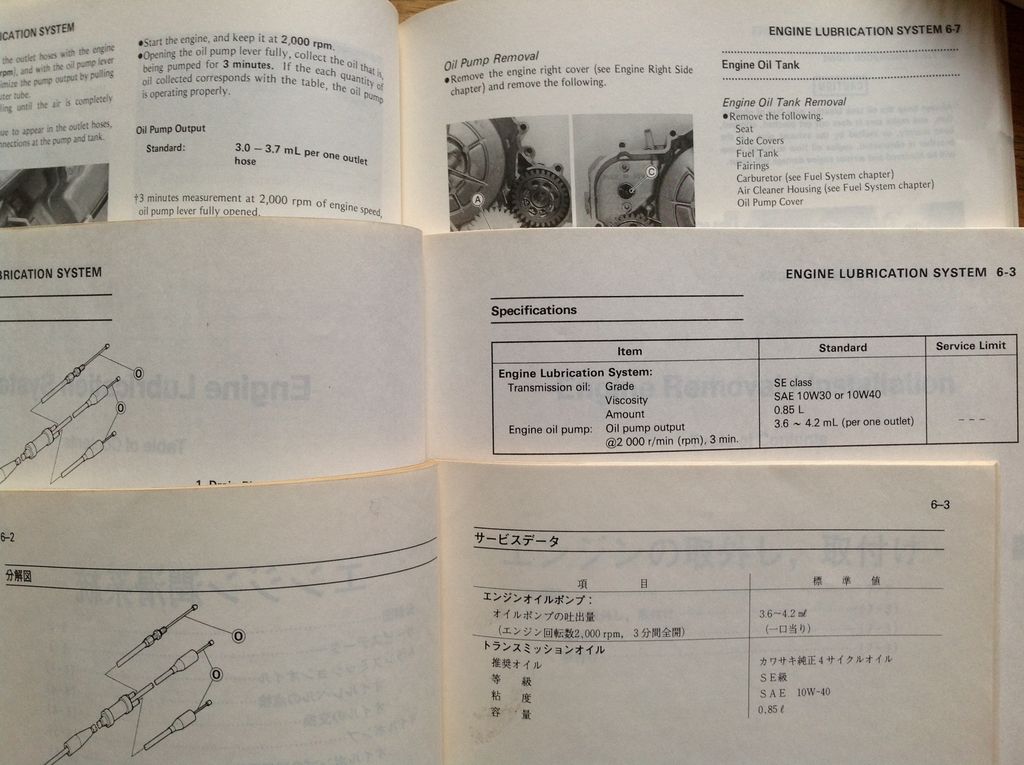This will really give you a headache, I'd stick with my tap explanation but here goes...
You are assuming an unknown quantity so it will never make sense.
Think of it mathematically.
The max volume of fuel/air the engine can consume is X cubic mm
The max amount of oil the pump can deliver and the engine needs is Y cubic mm
The max amount of fuel/air mixture the ideal carb can deliver is Z,
The max amount of fuel the exhaust can get rid of is W
W, X and Y don't change, regardless of how much or how little mixture flows. The engine always needs Y amount of oil. Put 100cl of oil in a bucket of petrol or a bottle, it's still 100cl. Y is only a variable if you use premix where it become s a %of the mixture delivered to the engine.
Volume X, which is dependent of inlet tract diameter and length, crank case volume, stroke, transfer port size and shape, squish and piston crown
Volume of W is dependent of the resonant frequency of the pipe
To calculate the correct value of Z you take X and W into consideration. This will determine the ideal velocity of the mixture as well as the volume. If may be that there is no ideal physical solution to the mathematical answer, however 28mm might be the answer to the ideal velocity and 35mm the ideal solution to the volume
Now this is a massive over simplification of the actual way you calculate the theoretical size of things, and the physical implementation is always more difficult. Air solenoids and Power jets artificially alter the volume of fuel the carb delivers whilst altering the volume and the velocity, Power valves or KIPS artificially alter the exhaust, CDI's alter timing and what ever else it looks after to match the spark advance, kips, air jets and electronic power jets.
Who would be an engine designer as everyone else knows better.
Stick to solvol

